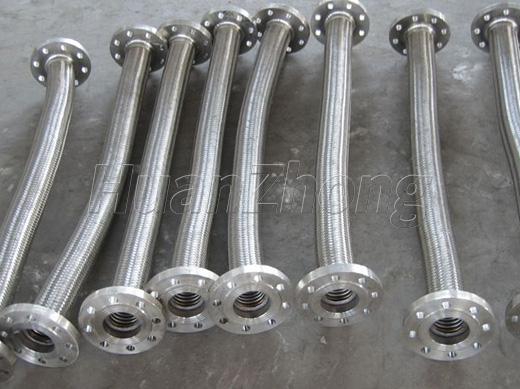What is the compensation amount of pipeline?
What is the compensation amount of pipeline?
The compensation amount of pipeline refers to the deformation or displacement of pipeline due to various reasons in the process of pipeline use, which needs to be repaired or adjusted by some means to ensure the normal use of pipeline. In industrial production and urban construction, the role of pipelines cannot be ignored, so the compensation amount of pipelines has also become an important topic.
The compensation amount of pipeline is mainly divided into two categories: static compensation and dynamic compensation. Static compensation refers to the compensation carried out at the time of pipeline installation, mainly by reserving a certain amount of expansion and bending, etc. to avoid deformation of the pipeline in the process of use. Dynamic compensation refers to the repair or adjustment of the pipeline through some mechanical or electronic equipment during the use of the pipeline to ensure the normal operation of the pipeline.
There are many methods of static compensation, such as making flexible joints, setting expansion joints, adopting flexible supports, etc. All these methods can effectively prevent or reduce the possibility of pipeline deformation, thus extending the service life of the pipeline. Dynamic compensation, on the other hand, requires the selection of suitable methods according to specific situations. For example, for liquid pipelines, automatic control pumping stations can be used to regulate the flow rate, thus ensuring that the working flow rate of the pipeline is not affected. For gas pipelines, pressure regulators, safety valves and other equipment can be used to adjust the gas pressure in the pipeline to ensure the normal operation of the pipeline.
The compensation amount of the pipeline not only involves the design and installation of the pipeline, but also needs to take into account the environment and conditions of the use of the pipeline. For example, in special environments such as high temperature, low temperature, strong acid and strong alkali, the service life of the pipeline will be greatly affected, so more stringent compensation measures need to be adopted. For long-distance transmission pipelines, it is also necessary to take into account the self-weight of the pipeline and the change of the terrain, and choose the appropriate support and compensation method to avoid excessive deformation or fracture of the pipeline.

In conclusion, the compensation amount of the pipeline is an important factor to ensure the normal operation of the pipeline, which needs to be given full attention and practice during the design, installation and use of the pipeline. Through reasonable compensation measures, the damage and failure of pipelines can be effectively reduced and the efficiency and safety of pipeline use can be improved.
